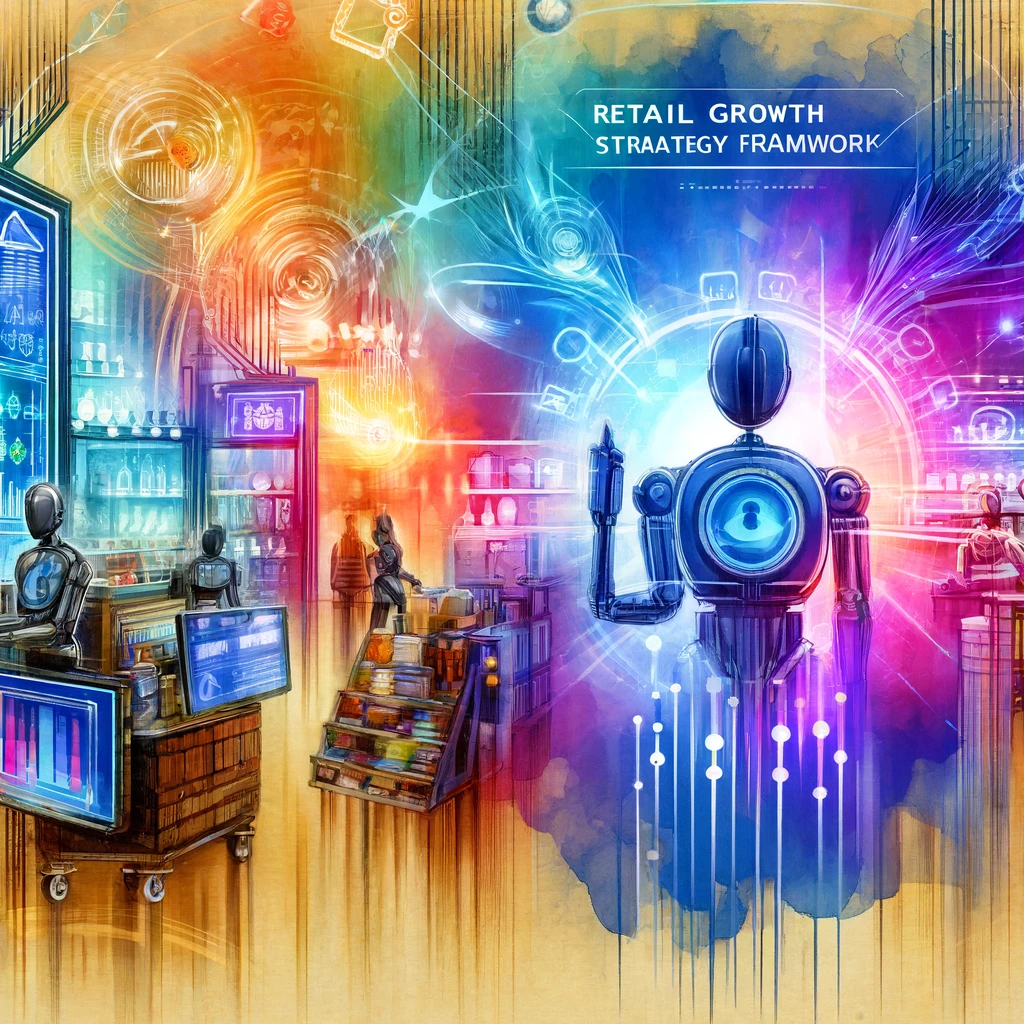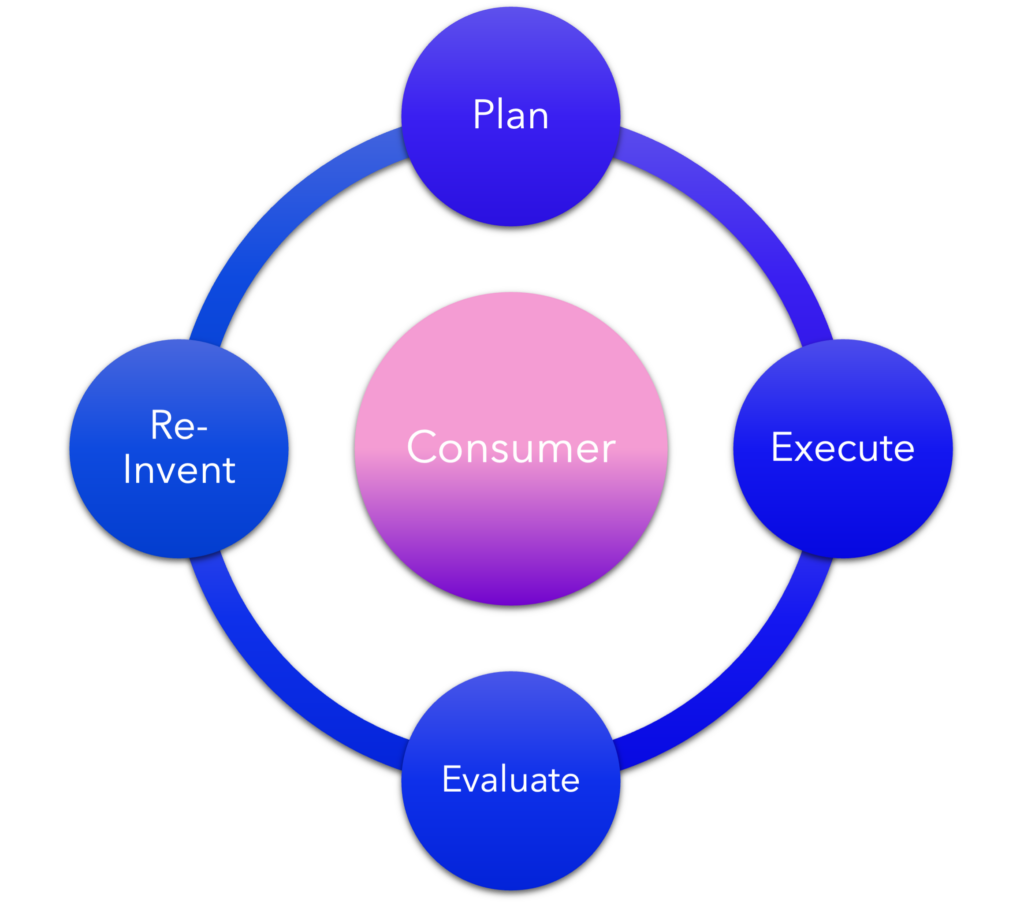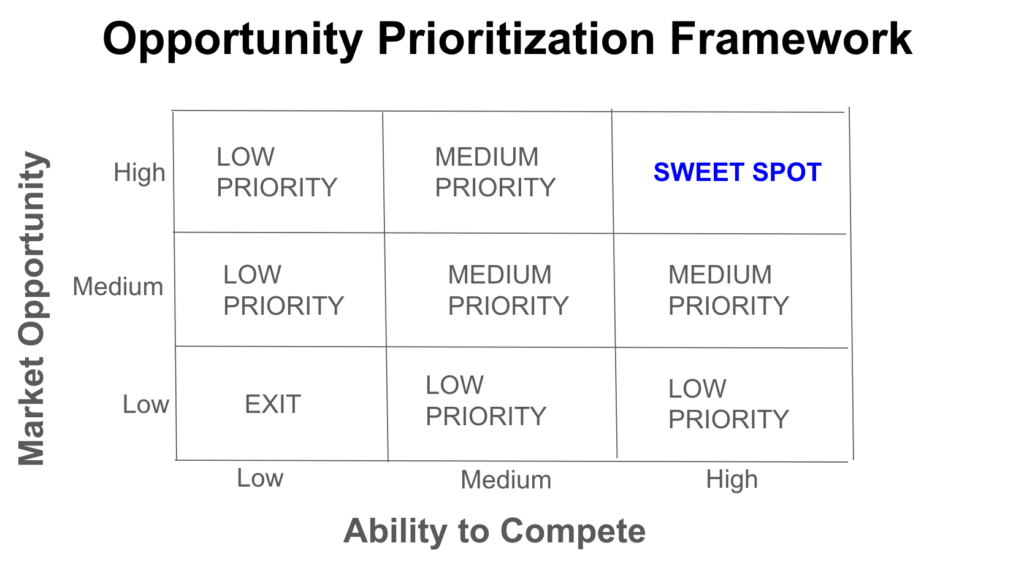Adaptive Retail Growth Strategy Framework

Understanding the Adaptive Retail Landscape
In today’s volatile marketplace, consumer preferences and needs evolve at an unprecedented pace, necessitating a responsive and proactive approach from retailers and brands alike. To not only survive but thrive, it is crucial for businesses to not just understand but consistently exceed consumer expectations. This dynamic adaptation is the cornerstone of success in modern retail and forms the basis of an effective adaptive retail growth strategy.
The concept of adaptive retail, integral to the adaptive retail growth strategy, hinges on a retailer’s ability to deliver precisely what consumers desire, at the right moment and through the most convenient channel. This requirement spans the entire consumer journey, from product discovery to purchase and post-purchase interactions. In the age of unified commerce, where physical and digital storefronts are seamlessly integrated, the ability to adapt becomes a significant competitive advantage.
Technology plays a pivotal role in facilitating this adaptive approach. It enables real-time data analytics, which in turn allows brands and retailers to anticipate consumer needs and respond with agility. Advanced technologies such as AI, machine learning, and predictive analytics are transforming how retailers strategize their operations, making them more consumer-centric than ever before.
In essence, adaptive retail is about creating a flexible, responsive retail environment that aligns with the shifting landscape of consumer demands. It requires a strategic blend of technology, data insights, and operational agility, ensuring that brands and retailers not only meet but anticipate the needs of their consumers, thereby enhancing their market position and driving growth.
Core Values of Adaptive Rise to Retail Growth Strategy
Adaptive retail growth strategies are built upon a set of core values that not only guide strategic decisions but also shape the culture and operational ethos of a retail organization. These values emphasize a commitment to excellence and adaptation in a dynamic market. Here’s how these core values manifest:
Customer Intimacy: At the heart of adaptive retail is a profound commitment to understanding and responding to customer needs and preferences. This value drives every decision, ensuring that the customer experience is always at the forefront, tailored to meet and exceed expectations through personalized interactions and solutions.
Agility in Action: The retail landscape demands flexibility and rapid response to ever-changing market conditions and consumer expectations. Valuing agility means that operations must be streamlined and responsive, allowing for quick pivots without sacrificing quality or service.
Technological Foresight: Embracing cutting-edge technology is crucial for maintaining a competitive edge. This core value involves integrating advanced digital tools—from AI to big data analytics—to enhance efficiency, drive innovation, and offer personalized shopping experiences that resonate with modern consumers.
Omnichannel Cohesion: A seamless and consistent customer experience across all channels is fundamental. This cohesion ensures that whether online or offline, the consumer interacts with a unified brand presence, enhancing trust and reliability.
Sustainable Evolution: Adaptive retail strategies incorporate sustainability as a core principle, emphasizing environmental stewardship and social responsibility. From ethical sourcing to sustainable practices in operations and logistics, this value reflects a commitment to long-term viability and corporate responsibility.
Collaborative Synergy: In today’s interconnected world, fostering strong partnerships and networks is essential. This value focuses on leveraging collective strengths, sharing insights, and co-creating value, which enriches the ecosystem and enhances the capabilities of the retail operation.
Innovative Experimentation: A culture that encourages experimentation and continuous learning is vital for adaptation and growth. Innovative ideas are not only welcomed but are essential for staying ahead. This environment fosters creativity and allows valuable insights to be integrated into the business model.
Resilience and Preparedness: Building a resilient business framework is key to navigating disruptions smoothly. This value ensures that the organization is prepared to face challenges head-on, maintaining continuity and stability through proactive planning and robust risk management.
These core values form the bedrock of an adaptive retail growth strategy, permeating every level of the organization and driving growth and transformation in a rapidly evolving retail landscape.
The Consumer-Centric North Star: Excelling in Product and Service
Every successful strategy in retail begins with a guiding principle, or a “North Star”—placing the consumer at the center of every decision. This principle drives the question: how do we serve people better than anyone else? It compels retailers to continuously refine their service across various touchpoints—product selection, shopping experience, and delivery.
Of these elements, the product stands paramount. It is the primary reason consumers visit a store or a website. Offering the right product—not just in terms of quality but also relevance—is critical. A shopper’s journey may start with intrigue or need, but it is the product at the end of this journey that seals their satisfaction and loyalty.
To enhance this core offering, the adaptive retail growth strategy emphasizes accuracy and efficiency. Retailers must leverage technology to harness data insights that predict consumer trends and preferences with high precision. Tools such as advanced analytics, AI, and machine learning enable retailers to stock products that meet the current and emerging needs of their consumers, ensuring that each product on the shelf or in the digital catalog is there for a reason.
Furthermore, the way products are presented and delivered plays a crucial role in enhancing the consumer experience. From personalized online interfaces to efficient, eco-friendly delivery options, every aspect of interaction should reflect a deep understanding of consumer desires and expectations. The ultimate goal is not just to meet these expectations but to exceed them, thereby distinguishing a brand from its competitors.
In the realm of adaptive retail, excelling in product and service isn’t just about meeting the market standard—it’s about setting new benchmarks and leading through innovation. This approach solidifies a retailer’s position in the market, ensuring they remain the preferred choice for consumers seeking quality and relevance.
The P-E-E-R Framework: Driving Adaptive Retail
The adaptive retail growth strategy is encapsulated within the P-E-E-R Framework, which outlines four perpetual stages centered around the consumer. This approach ensures that each phase of the strategy is dynamically aligned with the shifting market and consumer expectations.

Plan: The foundation of the framework starts with a strategic plan focused on serving the consumer. Every function within the organization, from product development to marketing, prioritizes the consumer at the center. During this phase, it’s crucial to assess where to invest resources and how to prioritize efforts. A useful tool in this assessment is the market opportunity versus ability to compete matrix. The “sweet spot” for any initiative is identified at the intersection of high market opportunity and strong ability to compete. Continuously identifying this sweet spot involves a dynamic assessment of market opportunities in alignment with the retailer’s evolving capabilities.

Execute: Execution is where the strategic plans are put into action. This phase is about making things happen on the ground—where the proverbial rubber meets the road. It involves the actual rollout of strategies and initiatives designed in the planning stage, ensuring that every step reflects the core goals of consumer satisfaction and market responsiveness.
Evaluate: Post-execution, it’s vital to evaluate the outcomes against the planned objectives. This stage involves a thorough analysis of what worked and what did not. Insights gained from the evaluation are critical, as failures often provide as much, if not more, intelligence than successes. This phase helps in understanding the efficacy of the strategies implemented and in gathering valuable data to inform future decisions.
Re-Invent: Armed with insights from the evaluation phase, the next step is to re-invent strategies for enhanced future performance. This involves tweaking or overhauling approaches based on feedback and changing market conditions. The speed and efficiency of this re-invention process often determine the competitive edge—separating the market leaders from the rest.
Throughout all these stages, technology acts as a critical enabler. From gathering consumer insights to facilitating seamless execution and providing data for evaluation, technology underpins every aspect of the P-E-E-R Framework. It supports the create-to-curate-to-serve process, ensuring that decisions are informed, strategic, and timely.
Conclusion: The Imperative of Adaptation in Retail
In conclusion, the adaptive retail growth strategy framework is not just a methodology but a necessity in today’s rapidly changing retail environment. By embracing the P-E-E-R Framework—Plan, Execute, Evaluate, and Re-Invent—retailers and brands can ensure they remain agile, consumer-centric, and technologically equipped to face any market dynamics. This continuous loop of planning, execution, evaluation, and reinvention allows businesses to stay ahead of consumer trends and market shifts, thereby securing a competitive edge. As we look to the future, the integration of advanced technologies and adherence to core values such as customer intimacy, agility, and innovation will further define the success of adaptive retail strategies. Ultimately, the ability to adapt swiftly and effectively will determine the winners in the retail landscape, making adaptation the most critical strategy for enduring growth and success.
At Stylumia, we continuously identify market opportunities and empower brands and retailers to capture global market share. Equip yourself with dynamic consumer intelligence and insights into market opportunities to maintain a competitive edge. Contact us here for a complimentary consultation.



